Can Security Cameras See Through Tinted Windows ?
Security cameras cannot see through tinted windows. Tinted windows are designed to reduce the amount of visible light that passes through them, which also affects the visibility of objects from both inside and outside the window. The level of tinting can vary, but in general, it reduces the clarity and detail that can be captured by a security camera. The effectiveness of a security camera in capturing images or video through tinted windows depends on factors such as the type and darkness of the tint, the lighting conditions, and the camera's capabilities. However, it is important to note that even if a security camera can capture some images through tinted windows, the quality and clarity may be significantly compromised.
1、 Limitations of Security Cameras in Viewing Through Tinted Windows
Security cameras generally cannot see through tinted windows. Tinted windows are designed to reduce the amount of visible light that passes through them, which also affects the ability of security cameras to capture clear images or footage. The level of tinting can vary, but even lightly tinted windows can significantly impact the camera's ability to see through them.
Tinted windows work by reflecting or absorbing a portion of the light that hits them. This reduces the amount of light that reaches the camera lens, resulting in darker and less detailed images. In some cases, the camera may not be able to capture any usable footage at all.
Moreover, the type of tinting film used on windows can also affect the camera's ability to see through them. Some films are designed to block specific wavelengths of light, including infrared (IR) light, which is often used by security cameras for night vision. This further limits the camera's effectiveness in capturing footage through tinted windows, especially in low-light conditions.
It is worth noting that advancements in camera technology, such as the use of specialized lenses or sensors, may improve the camera's ability to capture images through tinted windows to some extent. However, these advancements are limited and may not completely overcome the challenges posed by tinted windows.
In conclusion, while security cameras have their limitations in viewing through tinted windows, it is always recommended to position cameras outside or in areas where they have a clear line of sight to maximize their effectiveness in capturing surveillance footage.
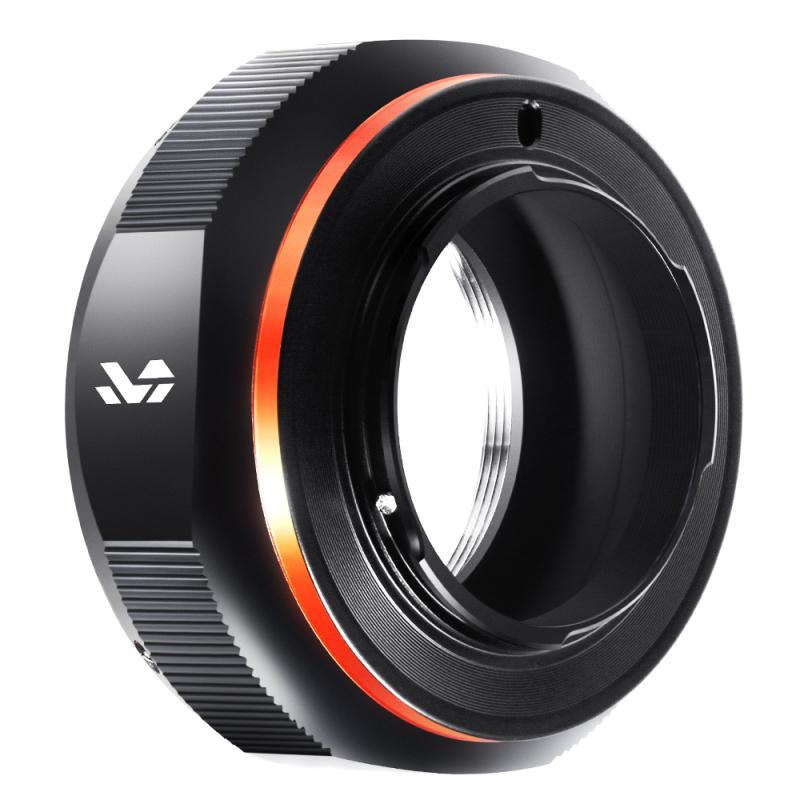
2、 Impact of Tinted Windows on Security Camera Visibility
Security cameras generally cannot see through tinted windows. Tinted windows are designed to reduce the amount of visible light that passes through them, which in turn limits the visibility from both inside and outside the vehicle or building. This reduction in visible light can significantly impact the effectiveness of security cameras.
Tinted windows work by applying a thin film to the glass surface, which absorbs or reflects a portion of the light. This film can vary in opacity, with some tints being more transparent than others. However, even the most transparent tints still reduce the amount of light that reaches the camera, resulting in a darker and less clear image.
The impact of tinted windows on security camera visibility can be further exacerbated by external factors such as low light conditions or the presence of glare. In situations where the camera relies on natural or ambient light, the reduced light transmission through tinted windows can make it difficult to capture clear images or identify individuals or objects.
It is worth noting that advancements in camera technology, such as infrared or thermal imaging cameras, may offer some improvement in capturing images through tinted windows. These cameras can detect heat signatures or emit their own infrared light to capture images in low light conditions. However, their effectiveness can still be limited by the level of tint on the windows.
In conclusion, while security cameras may be able to capture some images through tinted windows, the overall visibility and clarity of the footage will be significantly reduced. Therefore, it is important to consider the impact of tinted windows on security camera visibility when designing a surveillance system.
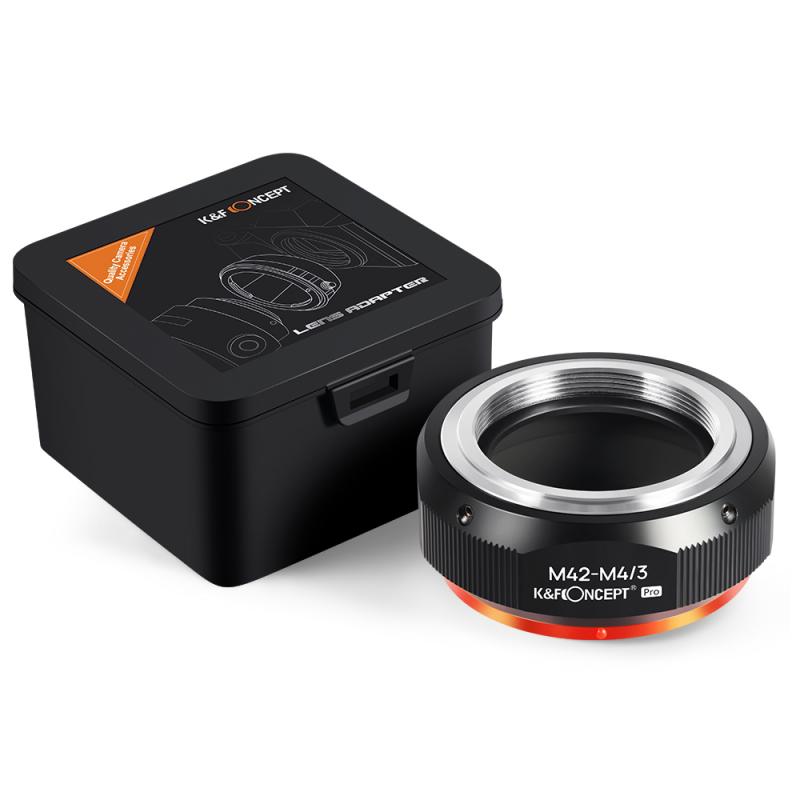
3、 Factors Affecting Security Camera Performance Behind Tinted Windows
Factors Affecting Security Camera Performance Behind Tinted Windows
The ability of security cameras to see through tinted windows depends on several factors. While some cameras may be able to capture clear images through tinted windows, others may experience reduced performance. Here are some factors that can affect security camera performance behind tinted windows:
1. Tint Darkness: The darkness of the tint can significantly impact camera performance. Lighter tints may allow cameras to capture clearer images, while darker tints can obstruct visibility. High-quality cameras with advanced low-light capabilities may be able to overcome this limitation to some extent.
2. Tint Type: Different types of window tints have varying levels of transparency. Some tints are designed to block specific wavelengths of light, which can interfere with the camera's ability to capture accurate colors and details. It is important to choose a tint that minimizes interference with the camera's vision.
3. Camera Placement: The position of the camera relative to the tinted window can affect its performance. Placing the camera too close to the window may result in glare or reflections, making it difficult to capture clear images. Adjusting the camera angle and distance from the window can help mitigate these issues.
4. Lighting Conditions: The availability of external lighting can impact camera performance behind tinted windows. Insufficient lighting can lead to poor image quality, especially in low-light situations. Supplementing the lighting with infrared illuminators or installing cameras with enhanced low-light capabilities can improve performance.
5. Camera Quality: The quality of the camera itself plays a crucial role in its ability to capture clear images through tinted windows. High-resolution cameras with advanced image processing algorithms are more likely to overcome the challenges posed by tinted windows.
It is important to note that advancements in camera technology continue to improve the performance of security cameras behind tinted windows. Manufacturers are constantly developing cameras with better low-light capabilities, improved image processing algorithms, and enhanced dynamic range to overcome the challenges posed by tinted windows. However, it is recommended to consult with security professionals or camera manufacturers to determine the most suitable camera for specific tinted window applications.
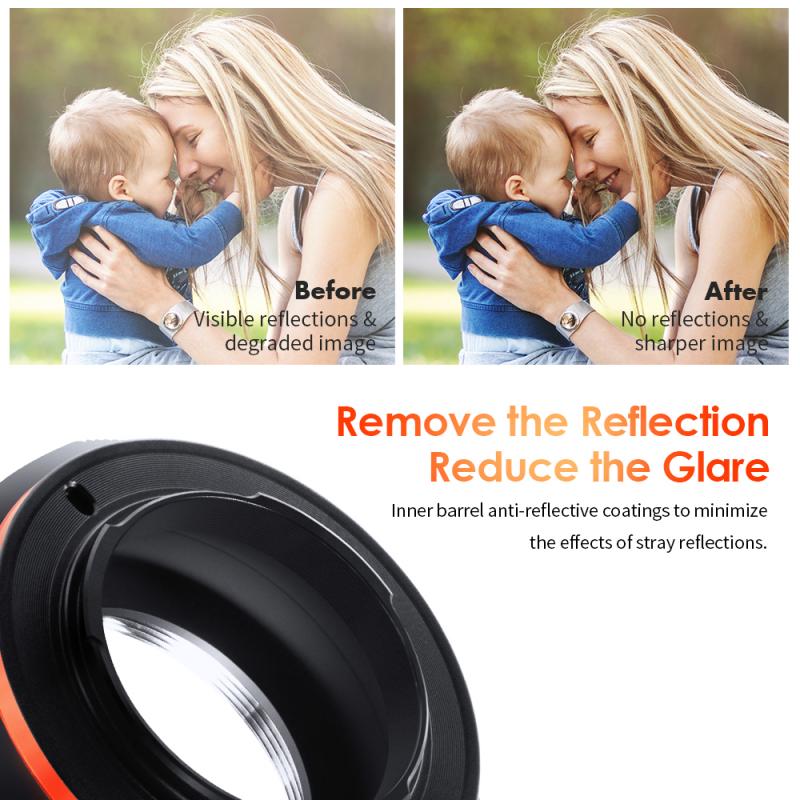
4、 Techniques to Enhance Security Camera Visibility Through Tinted Windows
Yes, security cameras can see through tinted windows to some extent, but the level of visibility depends on various factors such as the type and darkness of the tint, lighting conditions, camera quality, and positioning. Tinted windows are designed to reduce the amount of visible light passing through, which can affect the clarity and quality of the camera footage.
However, there are techniques that can enhance security camera visibility through tinted windows. One such technique is to install cameras with advanced low-light capabilities. These cameras are designed to capture clear images even in low-light conditions, compensating for the reduced light transmission caused by tinted windows.
Another technique is to position the cameras strategically to minimize the impact of tinted windows. Placing the cameras at an angle that reduces glare and reflections can improve visibility. Additionally, adjusting the camera settings, such as increasing the exposure or using infrared lighting, can help overcome the limitations imposed by tinted windows.
Furthermore, advancements in camera technology, such as the use of wide dynamic range (WDR) and digital noise reduction (DNR), can enhance the visibility of security camera footage through tinted windows. WDR technology allows cameras to capture details in both bright and dark areas simultaneously, while DNR reduces image noise, resulting in clearer and more accurate footage.
It is important to note that while these techniques can improve visibility, there may still be some limitations when it comes to seeing through heavily tinted windows. Therefore, it is advisable to consult with security professionals or experts who can provide guidance on the best camera placement and settings for optimal visibility through tinted windows.
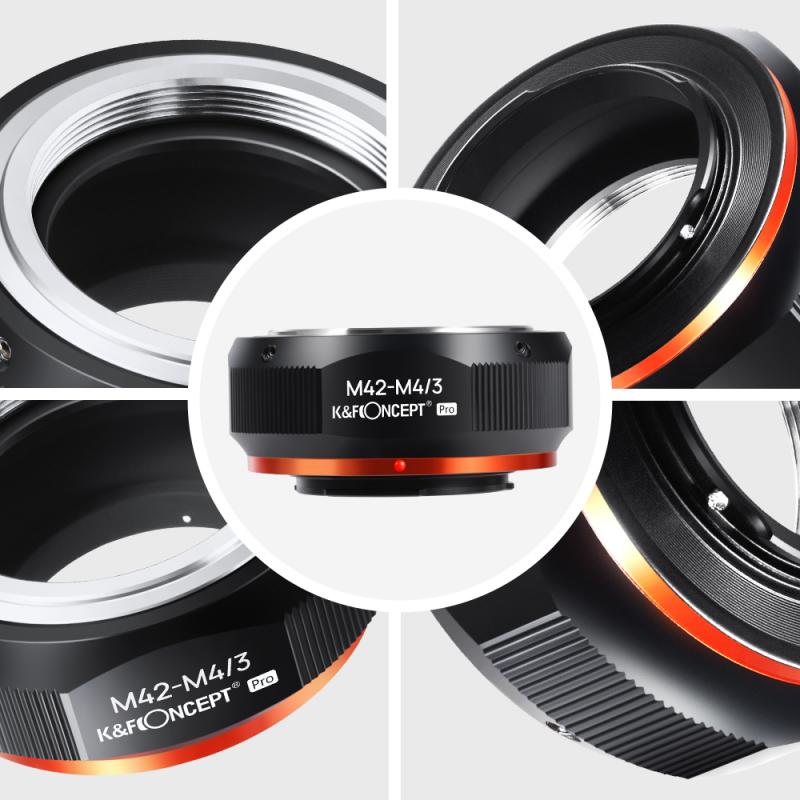





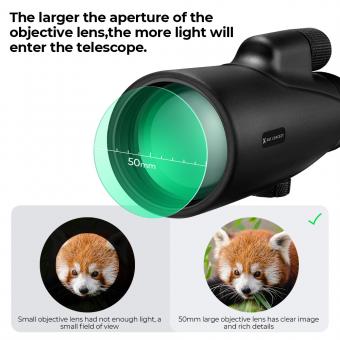
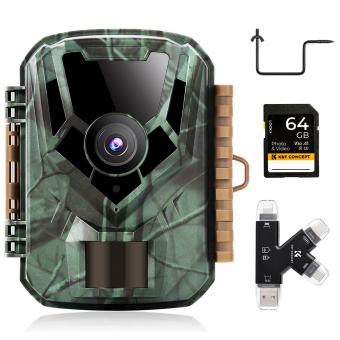







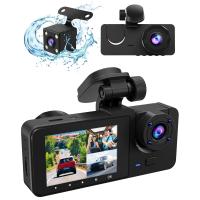

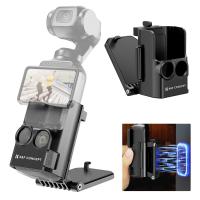




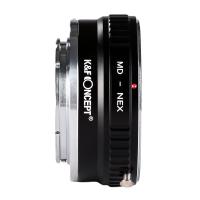

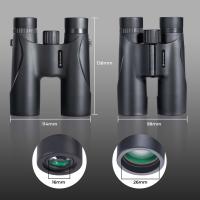
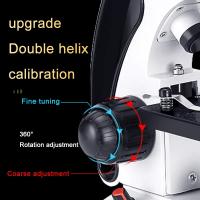


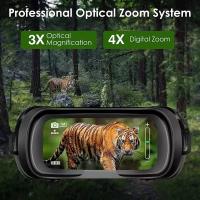
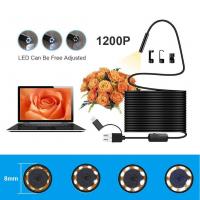
There are no comments for this blog.